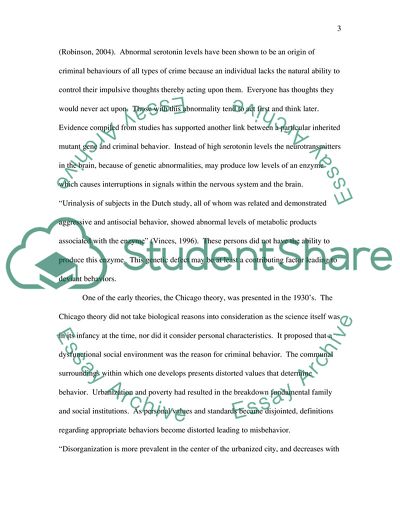Cite this document
(Criminal Theories: Similarities and Differences Essay, n.d.)
Criminal Theories: Similarities and Differences Essay. https://studentshare.org/sociology/1704883-crimal-theories-simalarties-and-diferences
Criminal Theories: Similarities and Differences Essay. https://studentshare.org/sociology/1704883-crimal-theories-simalarties-and-diferences
(Criminal Theories: Similarities and Differences Essay)
Criminal Theories: Similarities and Differences Essay. https://studentshare.org/sociology/1704883-crimal-theories-simalarties-and-diferences.
Criminal Theories: Similarities and Differences Essay. https://studentshare.org/sociology/1704883-crimal-theories-simalarties-and-diferences.
“Criminal Theories: Similarities and Differences Essay”. https://studentshare.org/sociology/1704883-crimal-theories-simalarties-and-diferences.


